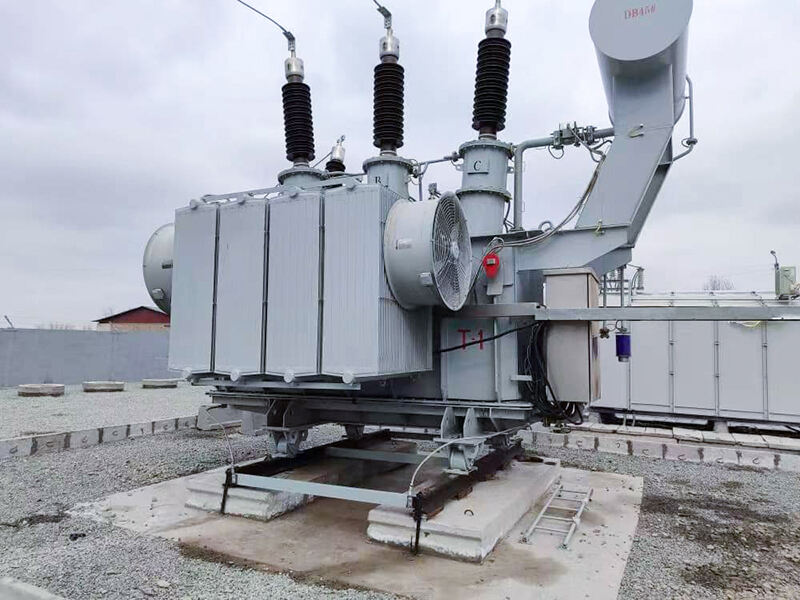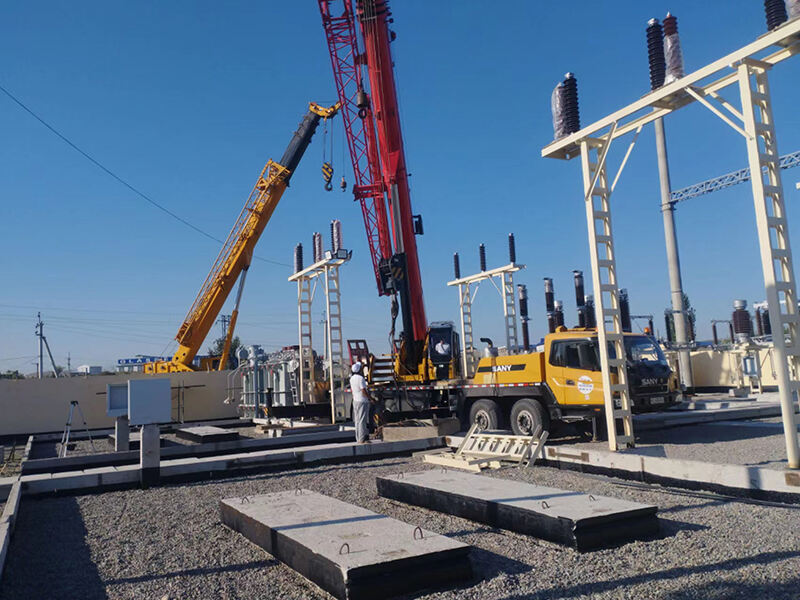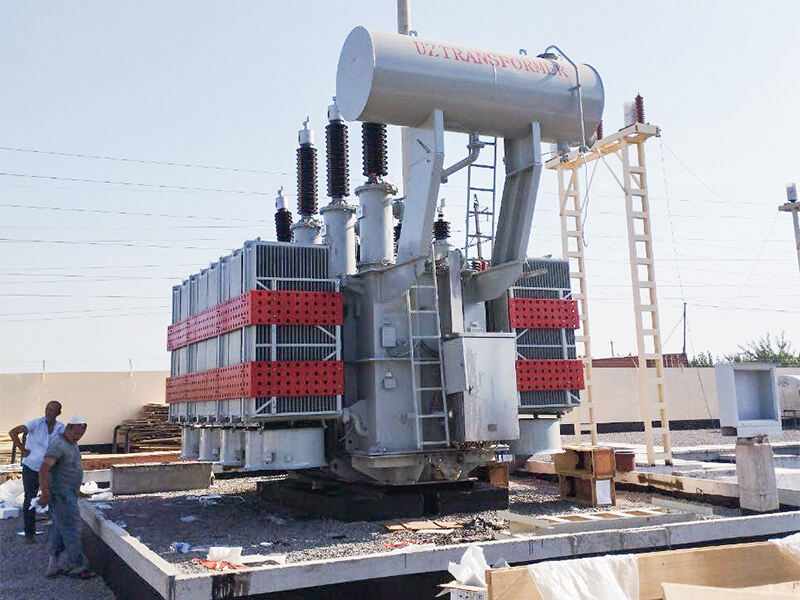Uzbekistan, as one of the most populous and fastest-growing industrialized countries in Central Asia, is accelerating the realization of its energy self-sufficiency and export strategy through large-scale power grid upgrades, renewable energy development and regional energy interconnection. However, the country still faces challenges such as aging power grid equipment (about 40% of transformers have exceeded their service life), low energy efficiency (transmission losses reach 15%), and insufficient grid connection capacity of new energy. Against this background, YAWEI Power Transformers, with its high reliability, intelligent design and localized service capabilities, have become the core driving force for the modernization transformation of power in Uzbekistan.
In response to the desert climate, industrial load characteristics and energy transition requirements of Uzbekistan, Yawei Transformer has carried out all-round optimization:

High-temperature resistant and dust-proof design: The summer temperature in Ukraine can reach 50°C, and sandstorms occur frequently in the desert areas. The Yawei transformer adopts an H-class insulation system (with a temperature resistance of 180°C) and a fully enclosed box (IP65 protection grade). It is equipped with high-efficiency heat dissipation air ducts and air filtration devices inside to ensure the stable operation of the projects around the Kizilkyum Desert.
Wide temperature range operation: In view of the characteristics of low winter temperature (-20°C) and large temperature difference between day and night, low-temperature tough silicon steel sheets and anti-condensation coatings are selected, and it has passed the IEC 60076-14 climate certification.
By adopting stepped seam core and amorphous alloy materials, the no-load loss is reduced by 40% compared to traditional models, which complies with the mandatory standards for power equipment stipulated in Ukraine's "2023-2030 Energy Efficiency Improvement Plan".
Supports multi-voltage level conversion (110kV/35kV/10kV), and is compatible with the hybrid operation mode of the legacy power grid architecture from the Soviet era and the newly built smart grid.


It is equipped with a dedicated harmonic suppression module for photovoltaic and wind power to reduce the grid connection impact of projects such as the Nukus Solar Power Station (100MW).
Integrated with Internet of Things sensors (partial discharge monitoring, oil temperature early warning), the data is directly connected to the National Dispatch Center (NCC) of Uzbekistan, supporting dynamic load optimization and predictive maintenance.
Through technological innovation, in-depth local development and green attributes, Yawei Power Transformers have deeply integrated into Uzbekistan's energy transition and industrialization process. They not only solve structural problems such as aging power grids and low energy efficiency, but also help the country transform from an energy domestic demand-oriented to a regional export-oriented with intelligence and cross-border compatibility. In the future, with the coordinated advancement of the "Belt and Road Initiative" and Uzbekistan's "New Uzbekistan" strategy, Yawei is expected to become an indispensable technological benchmark in the energy modernization map of Central Asia.